Guangxi boosts ASEAN trade
Updated: 2016-01-13 08:22
By Huo Yan in Nanning(China Daily)
|
||||||||
Q: Guangxi's foreign trade exceeded $40 billion in the first eleven months of last year, up 12.9 percent year-on-year. China's overall foreign trade declined, so how did Guangxi register such a remarkable increase?
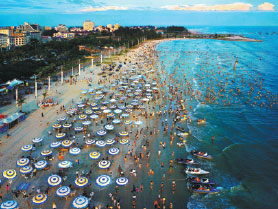
Peng: Guangxi has maintained a robust momentum in its foreign trade in recent years, rising from $23.33 billion in 2011 to $40.55 billion in 2014. Guangxi's trade with ASEAN rose from $9.56 billion to $19.89 billion. From January to November last year, Guangxi's foreign trade hit $40.12 billion, of which $20.33 billion was with ASEAN.
Strong complementarity, bright prospects and great development potential for cooperation between Guangxi and ASEAN, which were released with the construction and upgrading of the China-ASEAN Free Trade Area, constitute a solid foundation for the fast increase in trade.
The establishment of national key development pilot zones, border financial reform pilot zones and he China-Vietnam cross-border economic cooperation zone, the implementation of a series of reforms facilitating trade convenience in customs clearance, as well as the prospering of the service trade and processing industry in the border region all boosted Guangxi's trade with ASEAN.
Q: How does Guangxi cooperate with ASEAN countries industrially?
Peng: We developed a port industry cluster in the Beibu Gulf, created some cooperation platforms that included the Qinzhou bonded port area, the Pingxiang bonded area, the Nanning bonded area, the Beihai export industry zone, the Dongxing opening-up pilot zone, a border financial reform pilot zone, a China-Vietnam cross-border economic cooperation zone, the Detian-Ban Gioc tourism cooperation zone and a border opening-up economic belt. Currently, many enterprises from Indonesia, Singapore and Malaysia have set up branches in Guangxi. China-Malaysia industrial parks in Qinzhou and Kuantan in Malaysia have embraced their first batch of enterprises. The China-Indonesia economic and trade cooperation one has attracted 27 businesses so far, and the China-Thailand industrial park in Chongzuo has carried out nine cooperation programs with businesses from the two countries.
We also encouraged Guangxi businesses to go into the ASEAN market. By the end of 2014, 563 Guangxi enterprises had investments abroad, mostly in ASEAN countries, invested in almost all of their main industries. Within the first 10 months of last year, Guangxi had invested $161 million in ASEAN countries, 10 times that in the same period last year. Guangxi enterprises rely more on industrial parks as a platform in foreign countries than before.
Q: Could you describe Guangxi's cooperation with Guangdong, Hong Kong and Macao?
Peng: We pay special attention to attracting investments from those three places through various promotional activities.
Currently, 6,625 Hong Kong enterprises have invested $12.6 billion in Guangxi, accounting for nearly half of the investment from outside the Chinese mainland. Guangdong's total investment in Guangxi is more than 1 trillion yuan.
Apart from investment, these enterprises bring advanced technology and management models to Guangxi. And Guangxi's opening-up to Southeast Asia will give these Pearl River Delta enterprises more opportunities in the ASEAN market.
Q: What will Guangxi seek to accomplish in opening-up and international cooperation during the 13th Five-Year Plan period (2016-20)?
Peng: Guangxi will connect with Southeast Asia through five networks: high-speed roads, high-speed railways, ports, airports and information. Guangxi will integrate the final 20 percent of its remote counties into the high-speed railway system, make all of its cities accessible by high-speed rail and turn all of it major rivers into water transportation channels. Guangxi will continue to host the China-ASEAN Expo and the China-ASEAN Business and Investment Summit, and make efforts to make Nanning the first choice for the Asian Infrastructure Investment Bank's subcenter to ASEAN and the China-ASEAN Investment Promotion Center. Guangxi will encourage enterprises in iron and steel, construction materials, automobiles, engineering machinery and agricultural machinery to pay more attention to overseas markets and seek opportunities for capacity cooperation with foreign partners.
Guangxi will open more fields for foreign investment through the "negative list" model, further simplify the procedures for customs clearance, open more service sectors to partners from Hong Kong and Macao, promote e-commerce in the ASEAN market, increase cultural exchanges and communications between young people.
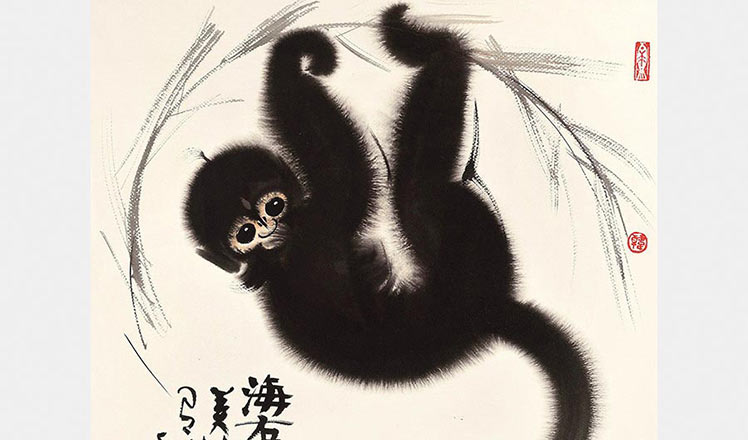
 Monkey portraits by Chinese ink painting masters
Monkey portraits by Chinese ink painting masters
 SWAT members hold romantic wedding in E China
SWAT members hold romantic wedding in E China
 Stephane Peterhansel regains Dakar Rally lead
Stephane Peterhansel regains Dakar Rally lead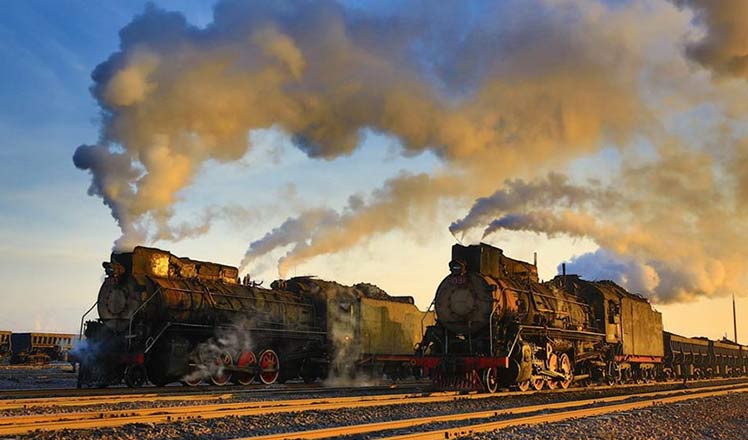
 Goodbye to steam trains
Goodbye to steam trains
 Top 11 events in the wearable sector in 2015
Top 11 events in the wearable sector in 2015
 Execs introduce new models at Detroit Auto Show
Execs introduce new models at Detroit Auto Show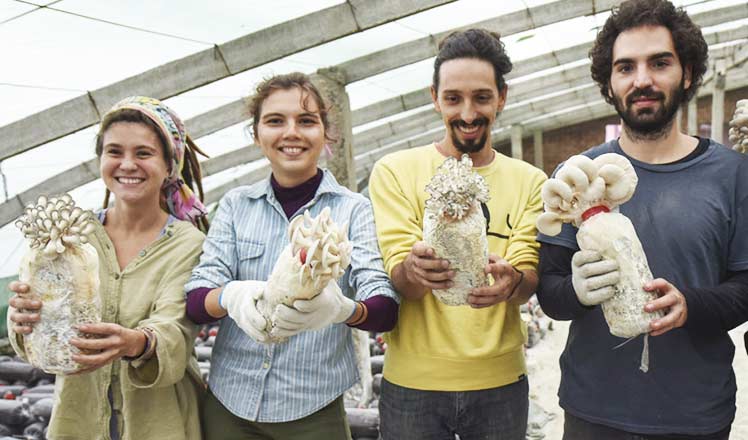
 Foreigners learn mushroom cultivation skills in Xi'an
Foreigners learn mushroom cultivation skills in Xi'an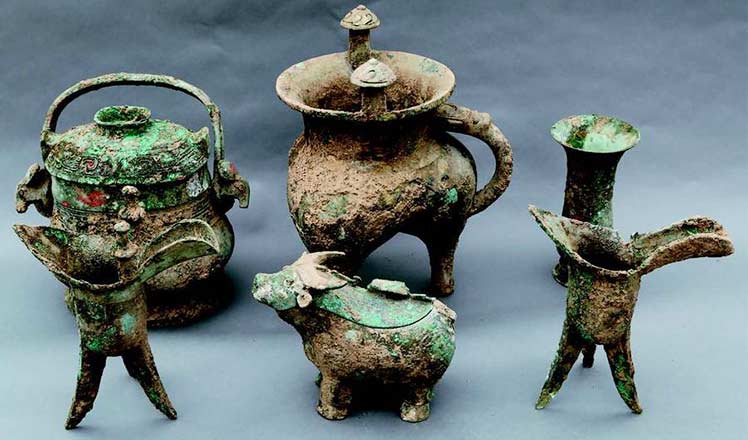
 Academy releases top 6 archaeological finds of 2015
Academy releases top 6 archaeological finds of 2015
Most Viewed
Editor's Picks

|

|

|

|

|

|
Today's Top News
Obama to deliver final State of the Union speech
Shooting rampage at US social services agency leaves 14 dead
Chinese bargain hunters are changing the retail game
Chinese president arrives in Turkey for G20 summit
Islamic State claims responsibility for Paris attacks
Obama, Netanyahu at White House seek to mend US-Israel ties
China, not Canada, is top US trade partner
Tu first Chinese to win Nobel Prize in Medicine
US Weekly

|

|







